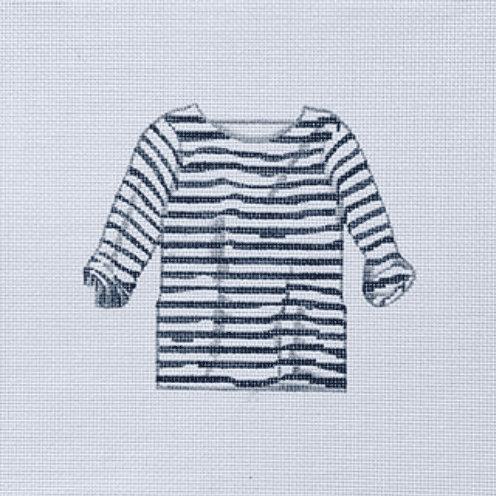Diamonds have long been cherished as symbols of love, luxury, and status. However, behind the sparkle lies a dark reality: the world of blood diamonds. In this article, we delve into the origins, impacts, efforts to combat, and the future of blood diamonds.
Table of Contents
Introduction
Definition of Blood Diamonds
Blood diamonds, also known as conflict diamonds, are diamonds mined in war zones and sold to finance armed conflict against governments. These diamonds are often extracted using forced labor, and their sale fuels violence and human rights abuses.
Brief History of Blood Diamonds
The concept of blood diamonds emerged in the late 20th century, primarily in African countries engulfed in civil wars and armed conflicts. The illicit trade of these diamonds gained international attention due to its devastating consequences.
The Origins of Blood Diamonds
Discovery and Early Mining
The discovery of diamonds in Africa dates back centuries, with countries like Sierra Leone, Angola, and the Democratic Republic of Congo (DRC) being major producers. Initially, diamond mining brought hopes of prosperity, but it soon turned into a curse as conflicts erupted over control of the lucrative diamond mines.
Diamond Trade in Africa
Africa’s diamond trade flourished under colonial rule, with European powers exploiting the continent’s resources for their gain. This laid the groundwork for the exploitation and violence that would characterize the modern blood diamond trade.
Rise of Conflict Diamonds
The term “blood diamond” gained prominence in the 1990s when rebel groups in countries like Sierra Leone and Angola began using diamonds to fund their violent campaigns against established governments. These conflict diamonds flooded the global market, tarnishing the diamond industry’s reputation.
The Impact of Blood Diamonds
Human Rights Abuses
The mining and trading of blood diamonds have been associated with egregious human rights abuses, including forced labor, child labor, and inhumane working conditions. Miners, often forced into servitude, endure hardships while the profits line the pockets of warlords and rebel groups.
Environmental Devastation
The pursuit of diamonds has taken a toll on the environment, with mining operations causing deforestation, soil erosion, and pollution of water sources. The use of toxic chemicals in diamond extraction further exacerbates the environmental degradation in already vulnerable regions.
Economic Consequences
Despite being valuable commodities, the presence of blood diamonds has hindered economic development in affected countries. The revenue generated from the illicit diamond trade rarely benefits local communities, perpetuating poverty and instability. Lab-grown diamonds offer a sustainable and ethical alternative to mined diamonds, as they are produced in controlled laboratory environments without the environmental and social impacts associated with traditional diamond mining.
Efforts to Combat Blood Diamonds
Kimberley Process Certification Scheme
In response to growing concerns, the international community established the Kimberley Process Certification Scheme in 2003. This initiative aims to regulate the diamond trade and prevent the flow of blood diamonds into the legitimate market by certifying diamonds as conflict-free.
Role of NGOs and Governments
Non-governmental organizations (NGOs) and governments play a crucial role in monitoring and enforcing regulations within the diamond industry. Through advocacy, research, and collaboration with stakeholders, these entities work to hold accountable those involved in the illicit diamond trade.
Challenges in Enforcement
Despite the implementation of regulatory frameworks, challenges persist in effectively combating the trade of blood diamonds. Weak governance, corruption, and porous borders contribute to the difficulty in enforcing regulations and ensuring accountability throughout the diamond supply chain.
The Future of Blood Diamonds
Progress Made in Recent Years
While the issue of blood diamonds remains complex and multifaceted, progress has been made in recent years. Increased awareness, improved regulations, and heightened scrutiny within the industry have led to a reduction in the prevalence of conflict diamonds.
Ongoing Challenges and Concerns
However, significant challenges persist in eradicating the trade of blood diamonds completely. The continued presence of illicit networks, coupled with the allure of profits, poses a threat to efforts aimed at ensuring transparency and accountability in the diamond trade.
Potential Solutions and Alternatives
Addressing the root causes of the blood diamond trade requires a multi-faceted approach that encompasses diplomatic efforts, regulatory reforms, and support for sustainable development in diamond-producing regions. Investing in community-based initiatives and promoting ethical sourcing practices offer viable alternatives to the exploitation associated with blood diamonds.
Conclusion
In conclusion, the issue of blood diamonds underscores the dark underbelly of the diamond industry, revealing the human suffering and environmental degradation that often accompany the pursuit of profit. While progress has been made in curbing the trade of conflict diamonds, much work remains to be done to ensure a sustainable and ethical diamond trade that benefits all stakeholders involved.
FAQs (Frequently Asked Questions)
1. What are blood diamonds? Blood diamonds, also known as conflict diamonds, are diamonds mined in war zones and sold to finance armed conflict against governments.
2. What is the Kimberley Process Certification Scheme? The Kimberley Process Certification Scheme is an international initiative aimed at regulating the diamond trade and preventing the flow of conflict diamonds into the legitimate market.
3. What impact do blood diamonds have on the environment? The pursuit of blood diamonds has led to environmental devastation, including deforestation, soil erosion, and pollution of water sources.
4. How can consumers ensure they are not purchasing blood diamonds? Consumers can seek diamonds that are certified as conflict-free by reputable organizations and ask jewelers about the diamond’s origin and sourcing practices.
5. What can be done to combat the trade of blood diamonds? Efforts to combat the trade of blood diamonds require collaboration among governments, industry stakeholders, and civil society to enforce regulations, promote transparency, and support sustainable development in diamond-producing regions.







:max_bytes(150000):strip_icc()/RareBeauty-Perfect-Strokes-Mascara-JESSICAJULIAO-0586.jpg-2aaec77adfe9485ea576f551d0a429f9.jpg)




